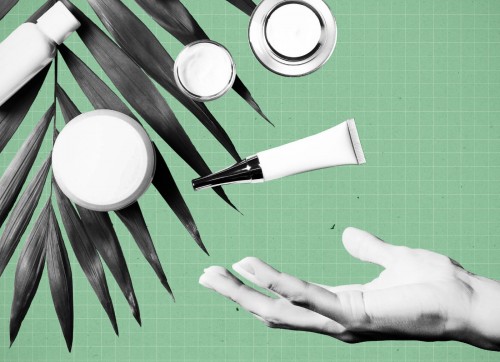Best Source for B2B Industry Trends, News and Updates

In today’s age, when most of the companies related to cosmetics or personal care are inclined to sell their products online, simply offering the e-commerce experience is not enough. With so many competitors, why should the customer choose you? This is the challenge that every sales representatives face every day.
This is where the competitive edge comes in. You can develop and offer the best products with the best packaging, but your relations with customers is where it all comes down to. Often a simple feature is enough to raise your brand from mediocracy to one that thrives and keeps buyers interested in your brand.

In 2019, the global cosmetic market was valued at $380.2 billion, with a projection to reach $463.5 billion by 2027. The stats are huge and the stakes are high. This tremendous growth of the cosmetic industry is like no one else; from textile to food, the digital global cosmetic industry has left everyone behind.
 Personal care items and cosmetics are indispensable features of the modern lifestyle. In addition, the individual's focus on external beauty has been the fuel for this industry. There has been a significant rise in cosmetic consumption among men, along with women in their daily routine. These lifestyle changes are the major driving forces behind the growth of the global cosmetic industry.
Personal care items and cosmetics are indispensable features of the modern lifestyle. In addition, the individual's focus on external beauty has been the fuel for this industry. There has been a significant rise in cosmetic consumption among men, along with women in their daily routine. These lifestyle changes are the major driving forces behind the growth of the global cosmetic industry.
Surely the massive growth this industry witnessed was not without some major impacts. Internationally, the way consumers attain and use these products has changed for good. Manufacturers were forces to adapt to the new digital techniques to market and advertise their products.
With the sole aim to drive sales and generate greater revenues than the last year, the global cosmetic market is completely relying on digital techniques. Manufacturers are trying to employ new innovative methods and introducing never before ingredients to increase sales of their cosmetics products.
This is because of the digital techniques that the new cosmetic trends get viral at such a fast pace. From the world’s obsession with Korean glass skin to the Japanese face mask, the cosmetic industry has evolved and it knows no bounds.

One of the major impacts of the globalization of the cosmetic and personal care industry is the birth of new innovative strategies the sell and purchase products. This industry that was once working alongside the traditional lines has now changed its routes completely.
Technology has opened new trade routes for the entire digital global cosmetic industry. B2B websites have been all the magic this industry needed to grow with leaps and bounds. Today cosmetic traders are known to use modern B2B websites to reach new customers and new markets with minimal effort.
These websites are best to help a business become international overnight, given that their b2b content gives the right message. B2B marketers can leverage this strategy to gain global buyers with just a few clicks.

Of course, by the start of 2023, the focus of the cosmetic industry has completely shifted to digital tools. This has given rise to numerous niche dedicated online websites like BeauteTrade, Althea.kr, Hermo.my, Bizbilla, etc.
The e-commerce site is the most important ingredient that has been the basis for this unexpected success. In essence, these websites allow the clients to browse and order with all the information they need to fully make an informed decision. While writing the story of the cosmetic industry, digital spaces will be mentioned in golden words.
The global cosmetic market has been divided into various sectors, based on various classification factors. From gender to consumer expectation, let’s take a look at how this classification helps manufacturers to make their policies.
On the basis of gender, women lead the industry and are expected to continue their dominance. Advancement of formulas, lifestyle changes, the enhanced emphasis of looks, and the beauty-conscious female population, has been helping fuel the need for beauty products. Although men are significantly way behind women in cosmetic consumption, this sector is also growing.

When it comes to distribution channels, traditional stores were the most dominant source. Today, however, traditional stores have been replaced by digital marketplaces. Whether sourcing in bulk quantities or shopping for personal consumption, e-commerce stores are what people prefer.
